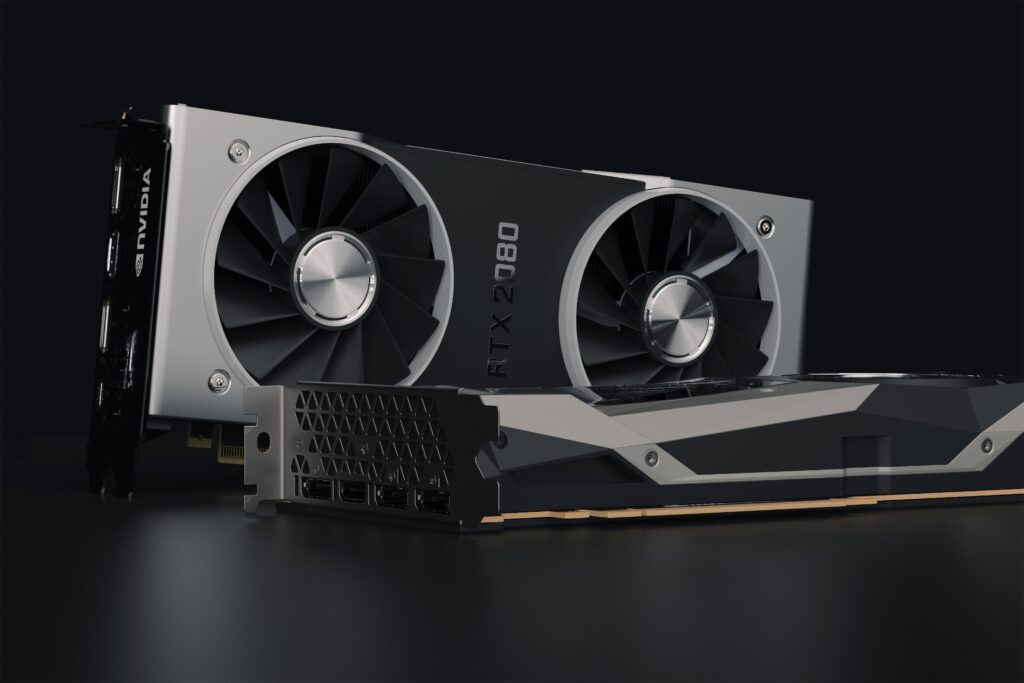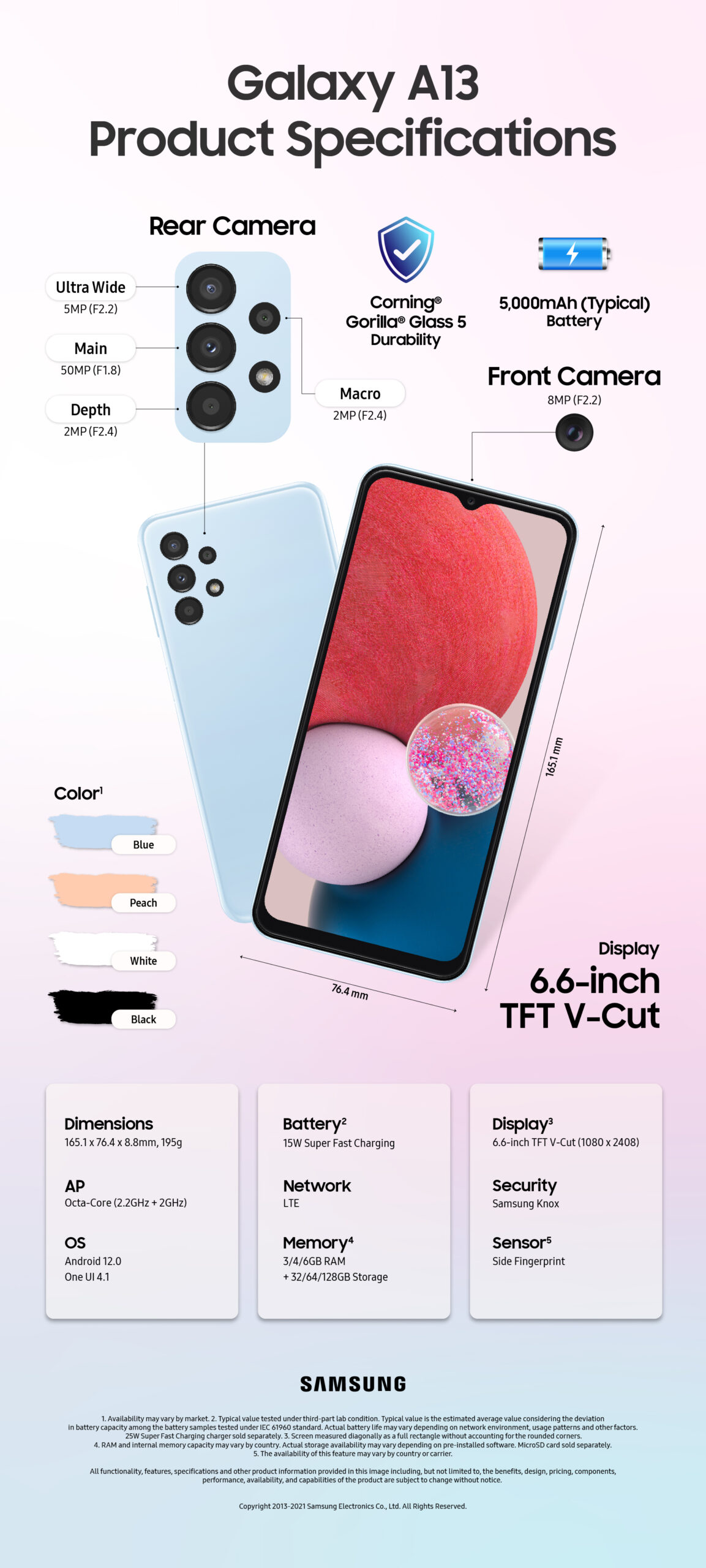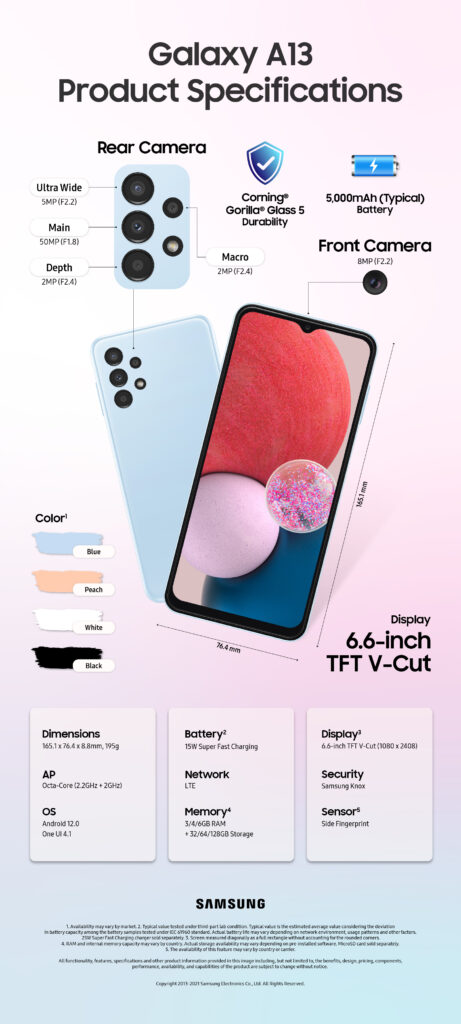In the world of technology, names like Apple, Microsoft, and Google often hog the spotlight. But lurking beneath the surface, another company has quietly carved its niche, becoming a silent giant that fuels the visual prowess of our devices and the computational power behind groundbreaking advancements. This company is Nvidia, and its business model is a fascinating case study in innovation, diversification, and strategic positioning.
From Humble Beginnings to Silicon Supremacy
Founded in 1993, it initially focused on designing graphics processing units (GPUs) for workstations. Back then, GPUs were primarily seen as niche products for specific applications. However, they recognized their potential beyond the realm of professional graphics and ventured into the burgeoning gaming market, introducing the GeForce series of graphics cards. This bold move proved to be a pivotal point in their journey.
The Gaming Catalyst: Propelling Growth and Innovation
Gaming became the catalyst for their growth. Their GPUs, with their superior performance and innovative features, quickly became the de facto standard for gamers seeking unparalleled visual experiences. The success in the gaming sector fueled further research and development, pushing the boundaries of GPU technology to cater to increasingly demanding applications. This constant innovation not only solidified their position in the gaming world but also paved the way for them to explore new horizons.
Read also : Gaming graphics card
Beyond Gaming: A Diverse Portfolio Emerges
While gaming remains a significant revenue source, Nvidia’s business model has transcended its initial focus. Recognizing the broader applicability of their GPUs, they ventured into diverse sectors:
- Professional Visualization: The Quadro series caters to professionals like architects, engineers, and filmmakers by providing the horsepower required for complex simulations and intricate 3D design tasks.
- Data Center Solutions: Through the acquisition of Mellanox Technologies, Nvidia entered the data center arena, offering high-performance networking solutions that accelerate data transfer and processing.
- Artificial Intelligence and Machine Learning: The rise of AI and machine learning presented a golden opportunity. Nvidia’s GPUs, with their parallel processing capabilities, are ideally suited for handling the complex computations inherent in these fields. Their DGX Systems are specialized computers specifically designed for AI and machine learning workloads, making them a critical player in this rapidly growing domain.
- Cloud Gaming: Recognizing the shifting user preferences and the growing demand for accessibility, Nvidia launched GeForce NOW, a cloud-based game streaming service that allows users to play high-end games without needing powerful hardware. This subscription-based service opens up the gaming world to a wider audience and provides a new revenue stream.
The Strategic Power of Platform Approach
One of the key strengths of Nvidia’s business model lies in its platform approach. They don’t just sell hardware; they offer a complete ecosystem. This includes:
- CUDA: A parallel computing platform and programming model that unlocks the full potential of Nvidia GPUs for developers.
- NVWorks: A suite of libraries and tools designed to accelerate graphics and compute tasks on Nvidia hardware.
- GameWorks: A collection of middleware development tools that enable game developers to leverage the power of Nvidia’s graphics cards for advanced visual effects and simulations.
This comprehensive approach fosters innovation and collaboration within the developer community, creating a thriving ecosystem around Nvidia’s technology.
Read also:A promising mobile Samsung Galaxy A13: A detailed review
The Innovation Engine: Fueling the Future
Nvidia’s relentless pursuit of innovation is another crucial factor behind their success. They dedicate a significant portion of their revenue to research and development, constantly pushing the boundaries of GPU technology. This commitment has resulted in groundbreaking advancements like:
- Real-Time Ray Tracing: This technology provides hyper-realistic lighting and shadows, creating incredibly immersive experiences in games and simulations.
- Deep Learning Super Sampling (DLSS): This AI-powered technology allows for high-resolution visuals without compromising performance, providing a significant boost to frame rates in games.
By consistently pushing the envelope, Nvidia not only stays ahead of the competition but also creates future-proof solutions that cater to the evolving needs of various industries.
The Numbers Don’t Lie: A Look at Nvidia’s Financial Muscle
The success of Nvidia’s business model translates into impressive financial results. As of 2023, their revenue surpassed $60 billion, with the graphics segment (comprising gaming and professional visualization) contributing the lion’s share. This demonstrates the effectiveness of their diversified portfolio and strategic focus on key growth areas.
Beyond the Numbers: The Impact on Our Lives
The impact of Nvidia’s technology extends far beyond its financial success. Their GPUs have played a significant role in:
- Revolutionizing the gaming industry: Nvidia’s GPUs have enabled developers to create visually stunning and immersive games, pushing the boundaries of interactive entertainment.
- Powering scientific discovery: Their high-performance computing solutions are used in various scientific research fields, from simulating complex molecules to analyzing vast amounts of data in fields like astronomy and climate science.



